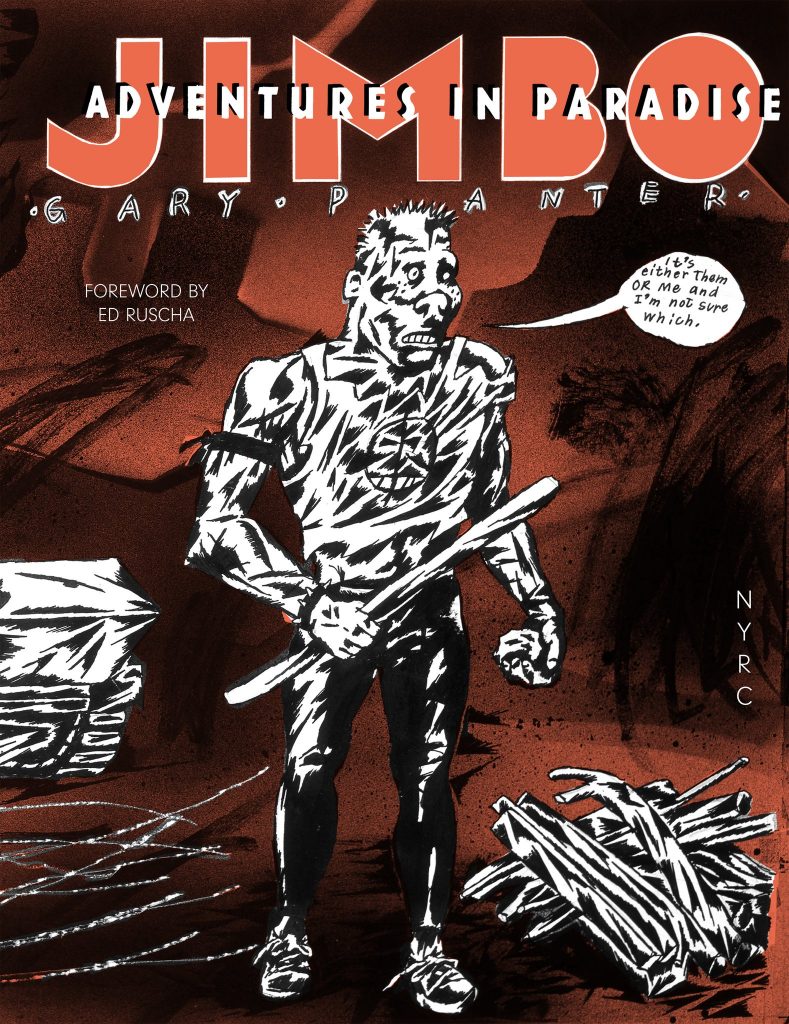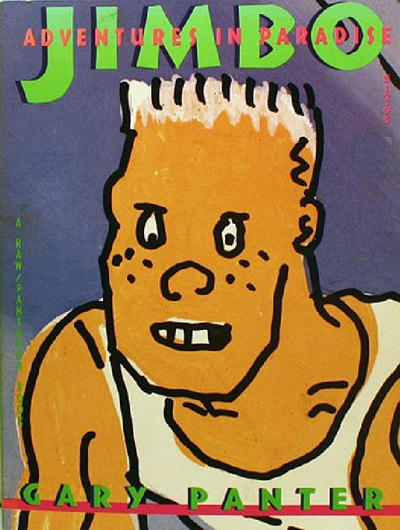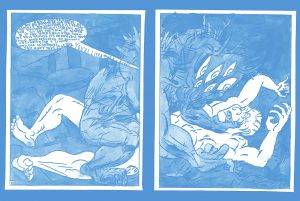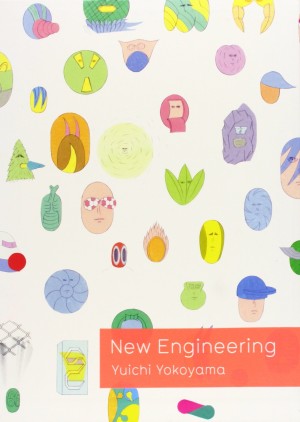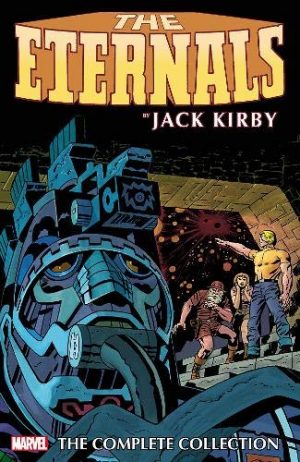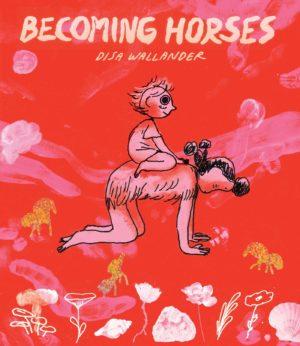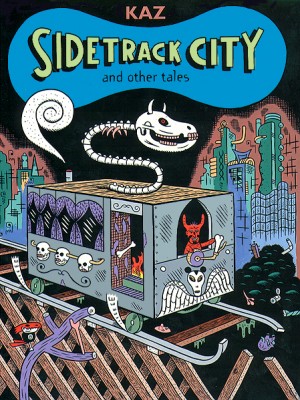Review by Woodrow Phoenix
Gary Panter’s comic strips, paintings, and design work both fed and documented the 1970s punk scene in Los Angeles. He carried that energy into the work that made him a key contributor to Raw magazine. Panter describes Jimbo as a combination of personal and fictional sources: a close friend; his younger brother; Ham Fisher’s 1930s newspaper strip about a boxing champ, Joe Palooka; Hank Ketcham’s Dennis the Menace and Russ Manning’s Magnus Robot Fighter (mainly for the tunic, it seems) flavoured with some of Panter’s Native American heritage.
Jimbo: Adventures in Paradise is a reprint of the 1988 book collection of Panter’s Jimbo strips. A large format softcover book, 231 x 304 mm (approximately 9 x 12 inches), it is the same dimensions as the original with the same contents, plus the addition of an extra twelve pages. These new pages give some context to Gary Panter’s influential boundary-crossing output, with an introduction by Los Angeles artist Ed Ruscha, who also uses text and image pairings in his work, and an afterword by Nicole Rudick, critic and former managing editor of The Paris Review, who curated this new edition.
Adventures in Paradise was/is a collection of work made between 1977 and 1988, centred around a reprint of the 1982 Raw One-Shot #1 – Jimbo made up of Gary Panter’s strips for the punk magazine Slash, plus additions. The cover of this new edition is actually the inside cover of the One-Shot Jimbo, a more dramatic and strange image than the jolly, subtly sarcastic cartoons illuminating the two original covers. The black and white pages are augmented by a 32-page section at the end of the book printed in blue ink, heightening the apocalyptic ending where a series of fractured, deconstructed images depict Jimbo trying to disarm a bomb. The final seven pages have an additional neon orange spot colour added to them that glows and vibrates against the blue like the fall-out scattered over the blasted landscape where the story ends.
Gary Panter’s collision of art brut, pop culture and punk with Jack Kirby-esque sensibilities spawned a whole school of comics and graphic styles. The drawing is relatively easy to duplicate but his perceptive, funny, poetic and wise voice anchors his images in a way nobody can copy. Unavailable for many years, New York Review Comics’ mission to bring key works back into print has made this collection available again. Now you can experience for yourself the intelligence, energy and drive of these comics, still radiating off the page as powerfully as when they were made. This may be a historic document now but the question of how to live in a world bent on self-destruction is as relevant as ever.
